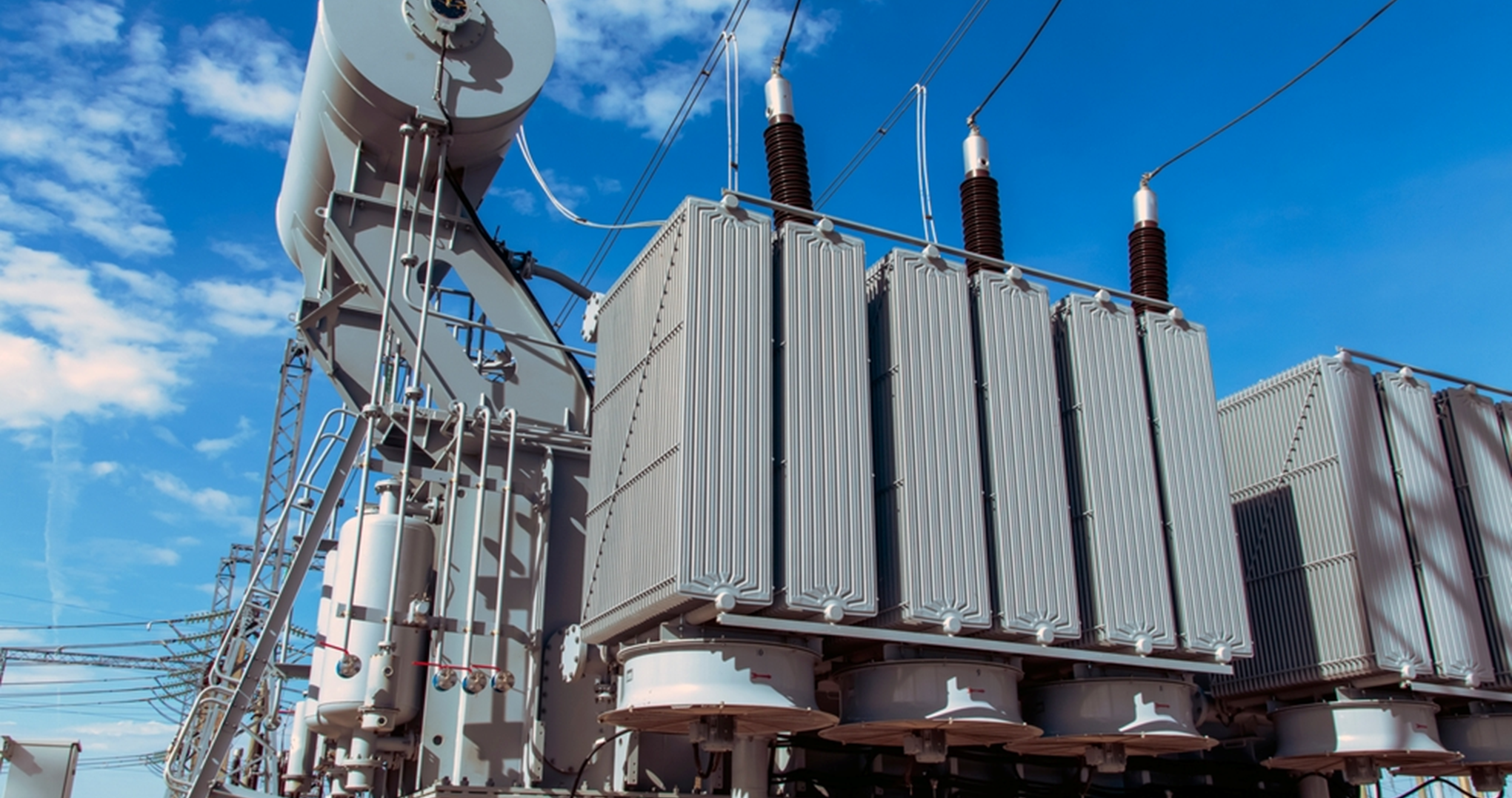Our recommendations
Last Update
05 May 2025
India Accelerates Rooftop Solar Adoption Under PM Surya Ghar Yojana, Aims 40,000 MW by 2026
The Government of India’s flagship initiative, PM Surya Ghar: Muft Bijli Yojana, launched on February 15, 2024, is making significant progress in India’s rooftop solar transition. By March 31, 2025, the country had achieved 17,017 MW of installed rooftop solar capacity, adding 1,890 MW in 2024 alone through 6.3 lakh installations.
The scheme targets 40,000 MW rooftop capacity by March 2026, requiring an additional 22,983 MW in just one year. To support this growth:
- Central Financial Assistance (CFA) covers 60% of system cost for up to 2 kW and 40% for the next 1 kW, capped at 3 kW.
- Subsidy amounts reach up to ₹78,000 per household.
- Households can also avail collateral-free loans up to ₹6 lakh at ~7% interest through banks like Canara Bank.
State programs like Gujarat’s Surya Urja Rooftop Yojana further enhance adoption by providing 40% subsidies for up to 3 kW and 20% for the 3–10 kW range.
Key industry developments include:
- Tata Power crossing 1 lakh rooftop installations, with 33,000 in Kerala alone.
- IB Solar, supported by the UP Electronics Policy, scaling up from 500 MW to 1.4 GW.
- Waaree Energies acquiring Enel Green Power India in a ₹792 crore deal.
- NHPC launching rooftop solar tenders to boost decentralized solar adoption.
The Government has committed a financial outlay of ₹12,000 crore across various components, including support for DISCOMs, IEC, and Project Management Units.
This surge in solar installations is crucial to meeting India’s clean energy goals and achieving energy independence.
Read full blog : Eninrac Horizon
For more information, visit: Einfews
Do you want to seek Eninrac assistance in helping you resolve some critical business issues? Engage with us and reach out to our experts by using the Request for Proposal (RFP) form.
BEST VISION IS INSIGHT
Combine market knowledge and your skill to contribute value for end consumers

Transformer Sales Surge: ₹75,000 Crore Opportunity Ahead

Solar Parks Development Status in India

EU Solar Market 2024: Utility- Scale Resilience Amidst A Slumping Rooftop
Get started with
EI Market personalised demo
Complete the form to get in touch with our sales team to see our Visionboard platform in action. We'll show you how you can use eninrac to build a culture of action of consistently hunting down and eliminating poor market research expriences across your companies line of business


